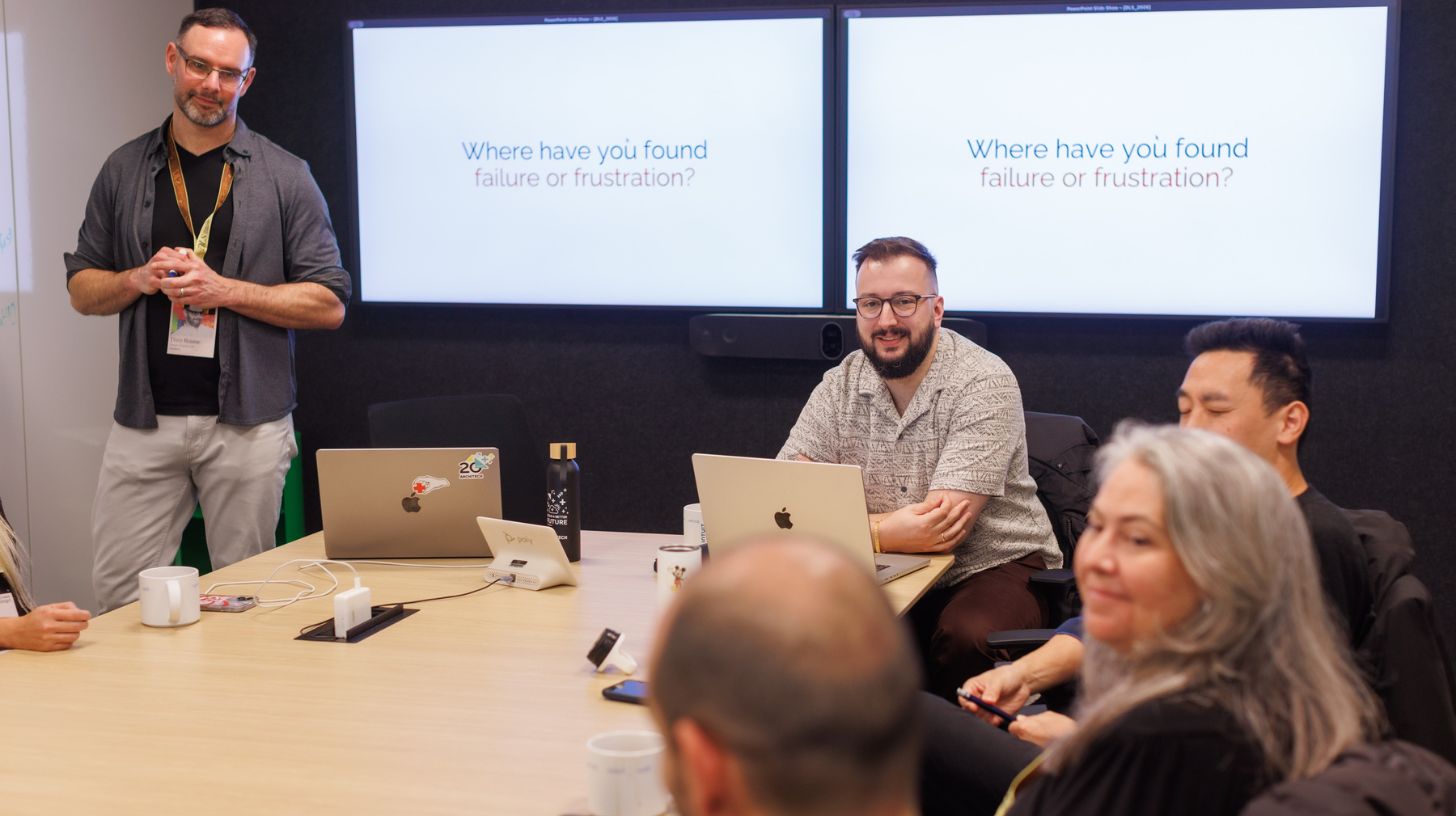Integrating AI into applications is not just about technology—it's about transforming business operations and enhancing value delivery. By combining the flexibility of cloud-native applications with AI's predictive power, you can create applications that anticipate and fulfill user needs proactively. AI-powered applications have artificial intelligence embedded at their core, enhancing their architecture and functionality.
Navigating the Complexities and Risks of AI-Powered Applications
Integrating GenAI into your enterprise applications involves technical, operational, and cultural challenges. Technically, it includes selecting effective AI models, ensuring data integrity and privacy, and maintaining optimal performance. Operationally, embedding GenAI requires workflow changes, system alignment, and comprehensive change management. Culturally, it necessitates fostering innovation and adaptability within your organization.
Disregarding these complexities can lead to failed projects, wasted resources, and potential legal and regulatory repercussions. It's crucial for tech leaders to navigate these challenges with a trusted partner to avoid costly mistakes.
Your Strategic Roadmap to GenAI Integration Success
Taking the leap from traditional cloud-based applications to AI-powered ones is a transformative journey. Here are key steps to guide you:
{{ai-powered-solutions-banner-4="/attributes/blog-components"}}
1. Question Everything
Learning is an ongoing process. Challenge existing norms and brainstorm how AI can enhance current applications.
- Conduct Workshops: Organize brainstorming sessions with your team to identify potential AI applications within your existing systems. This approach helps in surfacing innovative ideas and understanding the scope of AI integration.
- Evaluate Current Processes: Analyze your current workflows to identify inefficiencies and areas where AI can introduce significant improvements. This ensures that the AI integration is purpose-driven and addresses actual business needs.
- Innovate and Iterate: Foster a culture of continuous improvement by encouraging team members to propose and test new AI-driven ideas regularly. This iterative approach allows for rapid experimentation and refinement of AI solutions.
2. Customize Your AI Solutions
AI is not one-size-fits-all. Align AI solutions with your business needs and goals, working with AI experts to support your journey.
- Identify Key Business Areas: Focus on areas where AI can have the most significant impact, such as customer service, predictive maintenance, or data analytics. Prioritizing high-impact areas ensures that AI delivers tangible value.
- Develop a Strategy: Create a comprehensive AI strategy that aligns with your overall business objectives. This strategic alignment ensures that AI initiatives support broader organizational goals.
- Partner with Experts: Collaborate with AI specialists to design and implement solutions tailored to your specific needs. Expert guidance can help navigate the complexities of AI technology and ensure successful implementation.
3. Create a Prototype
Develop a rapid proof of concept to test ideas in a controlled environment before a company-wide rollout.
- Select a Use Case: Choose a specific problem that AI can address effectively and develop a prototype to solve it. This focused approach allows for targeted testing and validation.
- Pilot the Solution: Implement the prototype in a controlled setting to test its effectiveness and gather feedback. Piloting helps in identifying potential issues and areas for improvement before full-scale deployment.
- Measure Results: Analyze the performance of the prototype against predefined metrics to determine its viability for broader implementation. Data-driven insights ensure that the solution is both effective and scalable.
4. Equip Your Team
Ensure your team has the necessary skills to develop and execute AI-powered applications.
- Provide Training: Offer training programs on AI fundamentals, tools, and technologies relevant to your applications. This upskilling is crucial for building internal expertise and confidence.
- Hire Specialized Talent: Recruit data scientists, AI engineers, and other experts to fill skill gaps within your team. Specialized talent brings critical expertise and accelerates the AI adoption process.
- Encourage Collaboration: Foster a collaborative environment where team members can share knowledge and work together on AI projects. Collaboration enhances creativity and ensures diverse perspectives are considered.
5. Launch with Confidence
Rapidly launch your intelligent application, transforming user experiences and optimizing operations.
- Develop a Launch Plan: Create a detailed plan outlining the steps for a smooth launch, including timelines, responsibilities, and resources needed. A well-structured plan ensures all aspects of the launch are coordinated and managed effectively.
- Monitor and Adjust: Use real-time analytics to monitor the application's performance and make necessary adjustments post-launch. Continuous monitoring allows for proactive management of issues and ensures optimal performance.
- Collect User Feedback: Gather feedback from users to identify areas for improvement and ensure the application meets their needs. User insights are invaluable for refining the application and enhancing user satisfaction.
Accelerate Your AI Journey with Architech
Start your AI journey with Architech’s FREE AI Ideation Session. Our Intelligent Application experts are ready to assist. This limited-time offer includes a 3-hour immersive workshop where you'll explore high-impact AI use cases tailored to your business needs. Analyze competitors, define scope and costs, and develop a rapid Proof of Concept (POC). Secure your spot now and transform your enterprise applications with AI. Seats are limited.






























